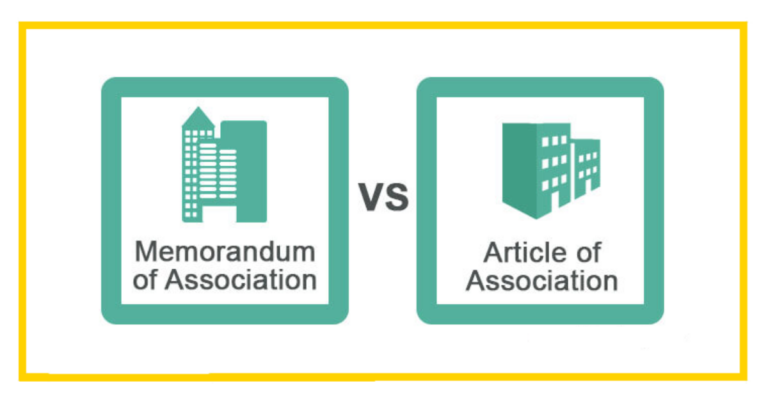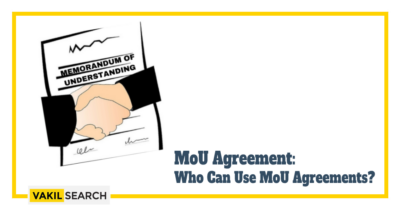A MoU is a type of document used to establish the terms, conditions, and details related to entering into a binding agreement. It is an informal agreement between two or more people and does not require the use of legal counsel nor a formal contract.
Difference Between a Memorandum of Understanding and a Term Sheet: A term sheet is typically used as part of ancillary documents (i.e., those that do not cover the primary transaction being negotiated) in order to outline the details related to a specific aspect of the transaction. It is often used in conjunction with MoUs and generally outlines the key terms, conditions, obligations, and limitations related to some aspect of the main agreement.
What Is the Difference Between a Memorandum of Understanding and a Term Sheet?
If you’re looking to enter into a binding agreement and need to negotiate the terms, conditions, and details related to it with another party, a memorandum of understanding is an appropriate document. However, if you’re looking to share information about some aspect of the transaction that will be negotiated in conjunction with other documents (e.g., a term sheet), then a term sheet is more appropriate. Now let us see MOU vs Term Sheet in detail.
MOU – Memorandum of Understanding
The MoU details the key terms, conditions, obligations, and limitations related to entering into a contract. In the MoU, it is agreed that two parties will enter into an agreement for the sale of all intellectual property rights related to a patent. The MoU also includes details like the price of the license and how long it will last
A term sheet is typically used as part of ancillary documents (i.e., those that do not cover the primary transaction being negotiated) in order to outline the details related to a specific aspect of the transaction. In this case, a term sheet would allow you to define more detailed contractual terms related to licensing your intellectual property rights with another party. The term sheet outlines some basic information about licensing your intellectual property rights but does not include all of the detail found in an Memorandum of Understanding.
Term Sheet
A term sheet is often used in conjunction with the MoU to clarify and specify the terms of a specific aspect of an agreement. The MoU describes the overall agreement, while the term sheet outlines key terms related to the agreement. In many instances, a term sheet is not legally binding and does not require compliance with all of its provisions.
However, it does provide more clarity about what is expected from each party and it sets expectations for both parties moving forward. A term sheet typically covers less than a full contract and may only cover one or two topics that are important to the transaction. The details outlined in a Term sheet can be modified by each party without consulting with the other party(ies).
What Is the Purpose of a NID or ND?
- A memorandum of understanding (MoU) is a type of document used to establish the terms, conditions, and details related to entering into a binding agreement. It is an informal agreement between two or more people and does not require the use of legal counsel nor a formal contract
- A term sheet is typically used as part of ancillary documents (i.e., those that do not cover the primary transaction being negotiated) in order to outline the details related to a specific aspect of the transaction. It is often used in conjunction with MoUs and generally outlines the key terms, conditions, obligations, and limitations related to some aspect of the main agreement.
Let’s take a look at some examples that may help you understand this concept better.
- A NID/ND is required when negotiating an investment opportunity with investors who are not familiar with your company’s financial projections
- As an example, if you had just purchased property for $5 million dollars and wanted to negotiate terms for your sale, you could use a NID/ND as a reference tool
- A term sheet would be utilised when negotiating the sale of inventory or equipment from one company to another
ND – Non-Disclosure Agreement
When two parties are entering into a transaction that requires confidentiality, they may issue an ND – non-disclosure agreement (NDA) in order to mitigate any risk of information being disclosed prematurely. An NDA Agreement is a contract that outlines the terms and conditions for the parties involved in a transaction. It outlines the length of time in which information cannot be shared and what actions can occur if someone does decide to share it. For example, there may be monetary damages imposed on the party who violated the terms outlined in an NDA.
An MoU is typically used as part of ancillary documents (i.e., those that do not cover the primary transaction being negotiated) in order to outline the details related to a specific aspect of the transaction. It is often used in conjunction with NDAs and generally outlines key terms, conditions, obligations, and limitations related to some aspect of the main agreement.
ABI – Appointment Binder (Official Notice to Appoint Agent)
ABI is an acronym for ‘Appointment Binder,’ and it is typically used to appoint a person (often an attorney) as the agent of record for a principal. A term sheet can be used in conjunction with a MoU to clarify key contractual details related to the main agreement, otherwise known as a transaction. This can include any type of agreement that does not require the use of legal counsel nor a formal contract.
Conclusion – Difference Between a Memorandum of Understanding and a Term Sheet
A memorandum of understanding is an agreement between two or more parties, which is not a legal contract. In many cases, the parties to a memorandum of understanding may not be bound by the agreement. Instead, the parties to the memorandum of understanding might be bound by the other agreements that are attached to the memorandum.
The main difference between term sheet and MOU is that a term sheet is legally binding and it outlines what the terms of an agreement will be should the parties decide to agree to the terms.
Also, read:











